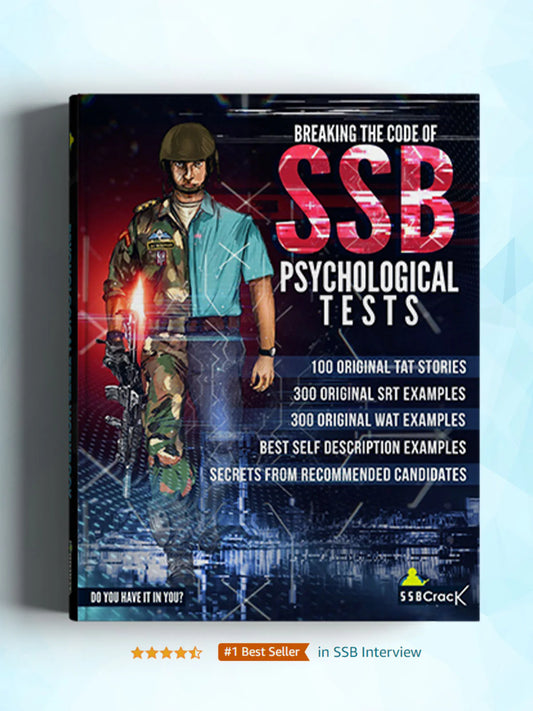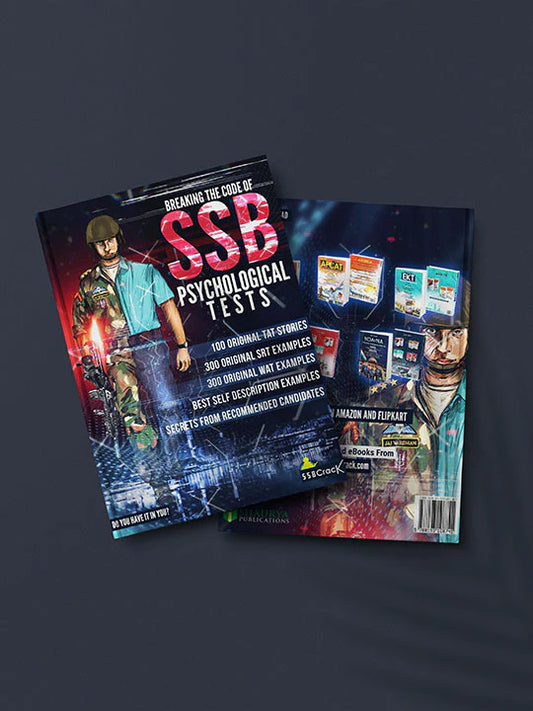AFCAT Cut Off Marks From 2011 till 2025

The Air Force Common Admission Test (AFCAT) is a gateway for candidates aspiring to join the Indian Air Force as officers. Conducted biannually, this exam assesses candidates' proficiency in various areas, including general awareness, verbal ability, numerical ability, and reasoning. An integral component of the AFCAT is the cut-off marks, which dictate the minimum score required for candidates to qualify for further selection processes. Understanding the historical and current trends of AFCAT cut-off marks can provide aspiring candidates with insights into the competitive landscape of the examination. This article examines the AFCAT cut-off marks from 2015 to 2025, explores the factors influencing these marks, and provides guidance on how candidates can effectively prepare for the test.
Historical Context of AFCAT Cut Off Marks
The AFCAT was first introduced in 2011, marking a significant step in the Indian Air Force's recruitment processes. Before this, candidates had to rely on individual exams for specific branches, which could lead to a fragmented selection process. The introduction of a single examination system aimed to streamline the recruitment process and ensure that candidates are assessed uniformly.
Understanding the cut-off marks over the years gives valuable insights into changing trends and patterns in candidate performance, as well as shifts in the examination's difficulty. Analyzing these trends enables prospective candidates to set informed targets for their preparation.
IAF started publishing the AFCAT cut off marks from 2015.
AFCAT Cut Off Marks: 2015 to 2025
The AFCAT cut-off marks vary for each cycle and can fluctuate significantly based on several factors. Table 1 below summarizes the cut-off marks for AFCAT from 2015 to 2025:
| Year | AFCAT 1 Cut Off | AFCAT 2 Cut Off |
|---|---|---|
| 2015 | 126 marks | 144 marks |
| 2016 | 132 marks | 148 marks |
| 2017 | 150 marks | 160 marks |
| 2018 | 155 marks | 140 marks |
| 2019 | 133 marks | 142 marks |
| 2020 | 153 marks | 155 marks |
| 2021 | 165 marks | 157 marks |
| 2022 | 157 marks | 157 marks |
| 2023 | 155 marks | 151 marks |
| 2024 | 137 marks | 139 marks |
| 2025 | 121 marks | TBD |
Key Observations
- Fluctuations Over the Years: The cut-off marks show significant variation from year to year. For instance, the cut-off in 2021 peaked at 165 marks for AFCAT 1, while it dropped considerably to 121 marks for AFCAT 1 in 2025. This fluctuation may reflect the varying difficulty levels of the exams, changes in candidate performance, and alterations in the number of vacancies.
- Consistent Cut-off Themes: The cut-off tends to reveal a broader trend of increased competitiveness over the years, particularly from 2015 to 2021. However, the year 2025 can indicate a possible dip in competitiveness or a change in exam strategy that could require further investigation.
Factors Affecting AFCAT Cut Off
Several key factors influence the determination of AFCAT cut-off marks:
- Difficulty Level of the Test: Each year, the difficulty of the AFCAT may vary, impacting the overall performance of candidates. For instance, if the exam is deemed more challenging, generally, the cut-off marks may be lower, reflecting the broader struggle of candidates to attain higher scores.
- Number of Candidates: The overall number of candidates sitting for the exam can vastly impact cut-off marks. A high number of applicants may lead to a higher cut-off, as the competition intensifies.
- Total Number of Vacancies: The number of vacancies available in various branches also plays a significant role. A year with more vacancies might see a slightly lower cut-off if candidates perform averagely well.
- Minimum and Maximum Scores: The range of scores obtained by the candidates can also dictate the cut-off. If scores cluster around a lower range, the cut-off will typically adjust accordingly.
Exploring these variables provides insights into the dynamics of AFCAT and aids candidates in tailoring their study strategies effectively.
How to Check AFCAT Cut Off
Candidates can easily check the AFCAT cut-off marks by following these straightforward steps:
- Visit the Official AFCAT Website: Navigate to the official website at afcat.cdac.in.
- Login as a Candidate: Click on the 'Candidate Login' option visible on the homepage.
- Select the AFCAT Cycle: Choose the relevant link for the respective AFCAT cycle you are interested in.
- Enter Credentials: Provide the necessary login credentials, such as your email ID and password.
- Download the Scorecard: After successful login, candidates can view their scorecards, including the announced cut-off marks, which can be downloaded or printed for reference.
Marking Scheme of AFCAT
Understanding the marking scheme is crucial for candidates preparing for the examination. The AFCAT employs a straightforward system:
- Correct Answers: +3 marks for every correct answer.
- Incorrect Answers: -1 mark for each incorrect response.
- Unanswered Questions: 0 marks for those left unanswered.
This marking scheme rewards accuracy and encourages candidates to attempt questions they are reasonably confident about. A strategic approach in tackling the questions can significantly impact the overall score.
Importance of AFCAT Cut Off
The AFCAT cut-off is not merely a statistic; it serves as a critical threshold that candidates must surpass to proceed in the selection process. The significance includes:
- Qualification for Further Stages: A candidate scoring above the cut-off is eligible for the next phases, such as the Air Force Selection Board (AFSB) interview and medical examinations.
- Benchmark for Preparation: The cut-off marks provide a reference point for aspiring candidates to gauge their performance in comparison to past data, helping them set realistic goals.
- Indicator of Competition: A high cut-off can create awareness among candidates of the level of competition they will face, motivating them to enhance their preparation strategies.
Challenges and Solutions
While preparing for the AFCAT, candidates may encounter various challenges, including understanding the syllabus, managing study time, and dealing with the pressure of competition. Here are some strategies to overcome these challenges:
- Structured Study Plan: Candidates should develop a comprehensive study plan that covers all sections of the syllabus. Allocating specific time slots for each subject can mitigate the overwhelming pressure.
- Mock Tests: Regularly taking mock tests can help familiarize candidates with the exam format and enhance time management skills, ultimately boosting confidence.
- Focus on Weak Areas: Identifying strengths and weaknesses enables candidates to allocate more time to challenging subjects, fostering a balanced skill set.
- Study Material: Utilizing reputable study resources, such as the books and online courses from SSBCrack and SSBCrackExams, can aid candidates in understanding concepts more thoroughly and effectively preparing for the examination.
Future Trends and Predictions
As the AFCAT continues to evolve, understanding potential future trends can provide candidates with insights into how they may need to adapt their preparation strategies:
- Increased Level of Competition: As awareness of the AFCAT grows, more candidates may opt to participate, leading to higher cut-off marks in the future.
- Enhanced Technology Use: The use of technology for preparation, including online classes and AI-driven learning tools, is likely to increase. Candidates may benefit from virtual study groups and resources that can personalize their study experience.
- Changing Exam Patterns: The Indian Air Force may introduce changes in examination formats or evaluation criteria to better align with evolving educational standards and expectations, prompting candidates to stay informed on updates.
Conclusion
In conclusion, the AFCAT cut-off marks play a pivotal role in the recruitment of officers in the Indian Air Force, providing essential criteria that determine a candidate’s eligibility for advancement in the selection process. By understanding the historical data from 2015 to 2025, recognizing influencing factors, and developing effective preparation strategies, aspiring candidates can enhance their prospects of success.
For any candidate determined to join the Indian Air Force, staying informed about trends, leveraging expert study materials from SSBCrack and SSBCrackExams, and implementing strategic study methods are key steps in achieving their goals. As the competition becomes increasingly rigorous, a focused approach to preparation will be the cornerstone of every successful candidate’s journey. Don't just study hard; study smart.



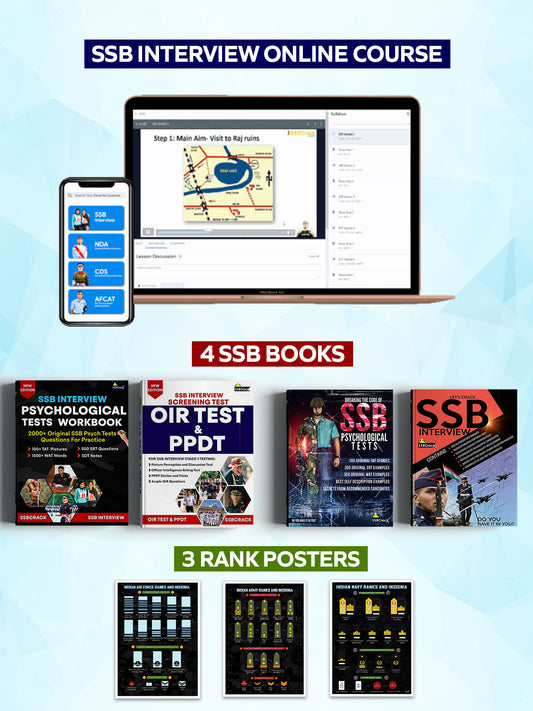

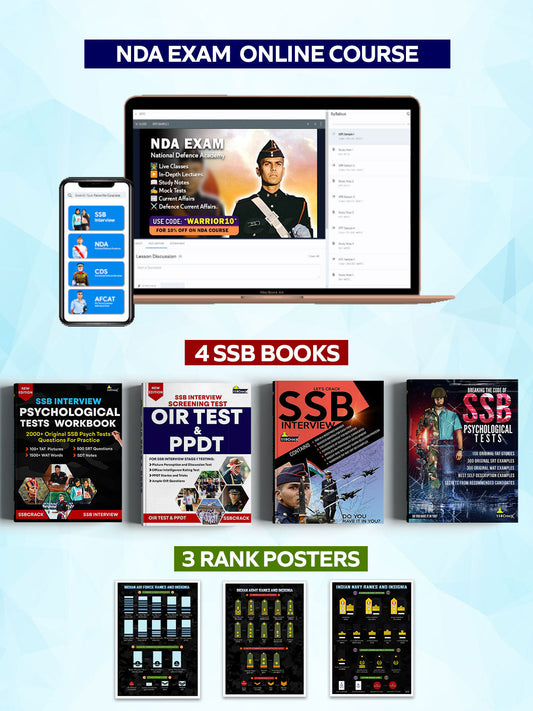

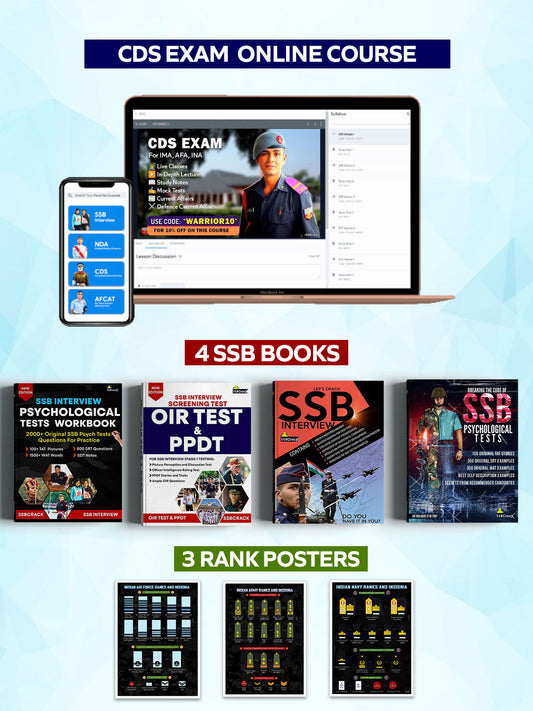

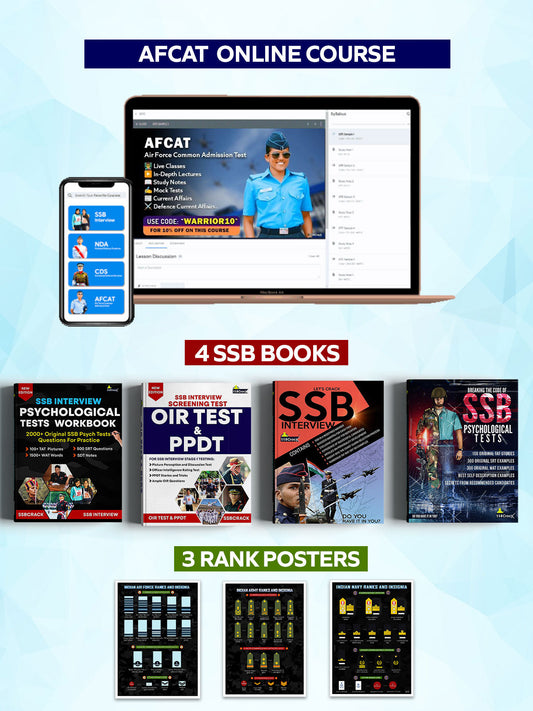


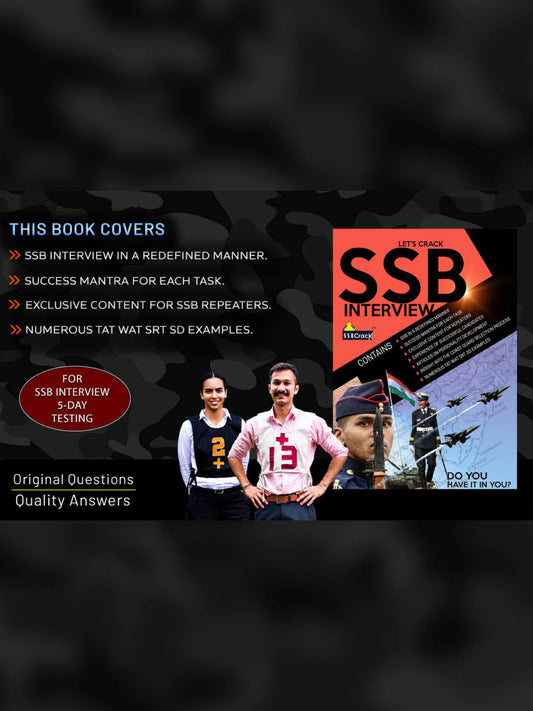
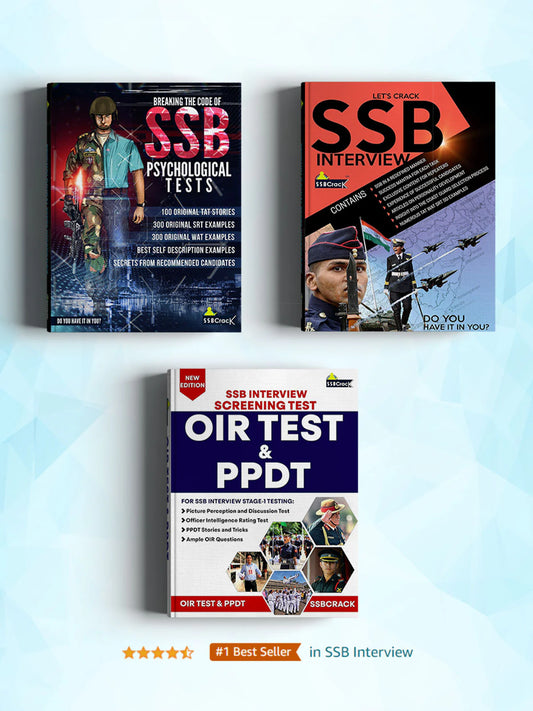
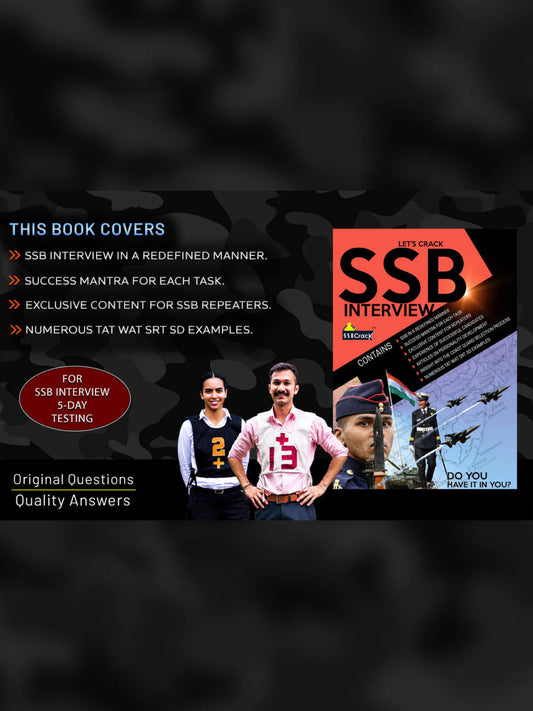
![Let's Crack SSB Interview Book [Paperback]](http://shop.ssbcrack.com/cdn/shop/files/ssb-books.webp?v=1736351621&width=533)

